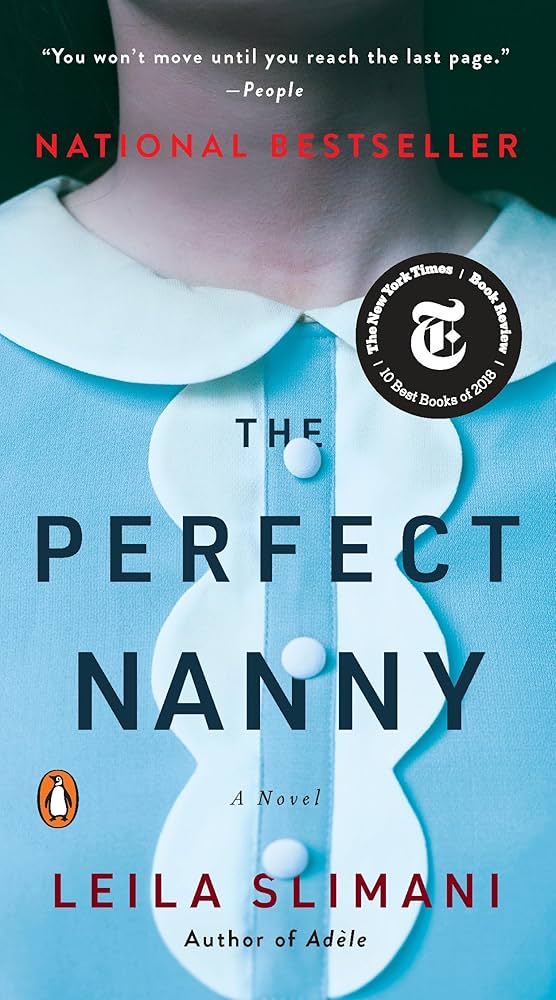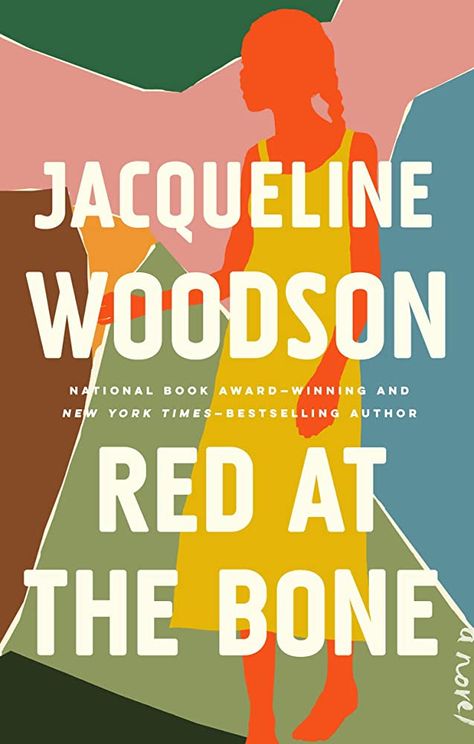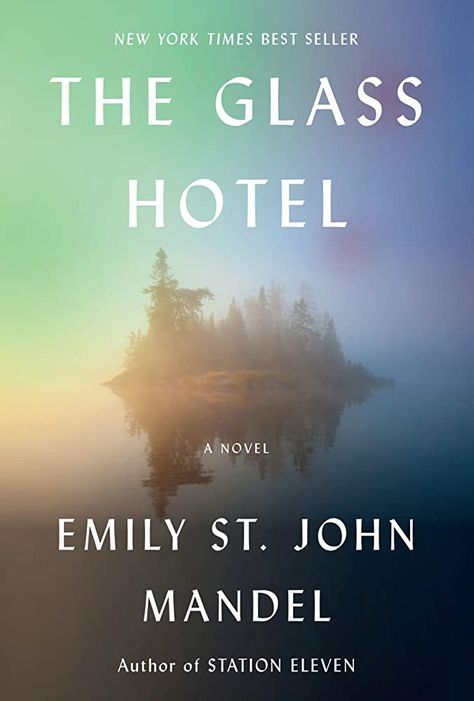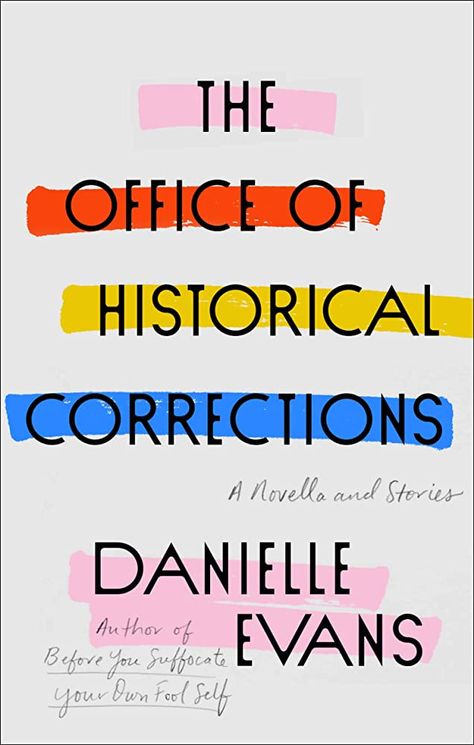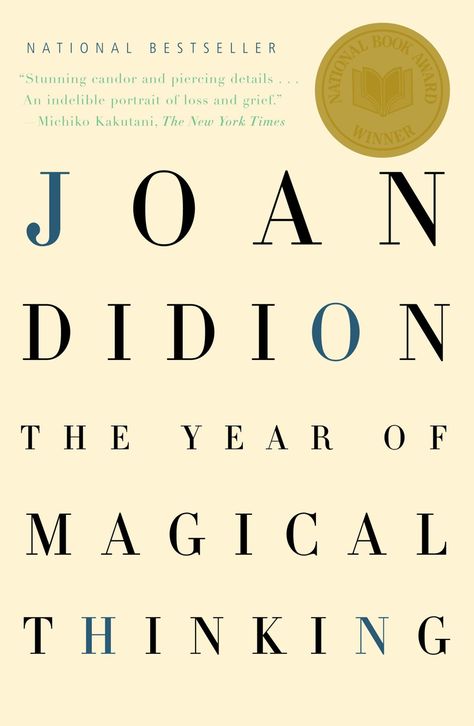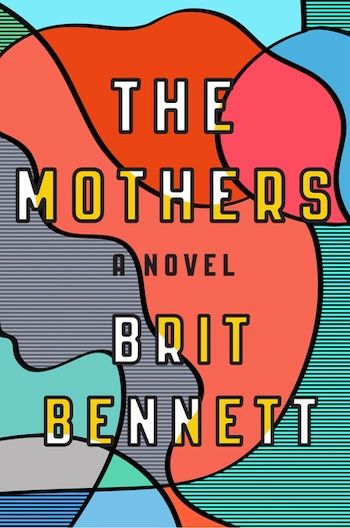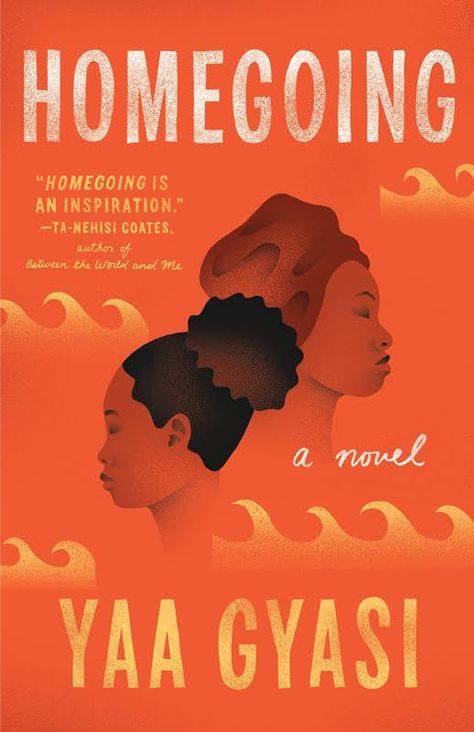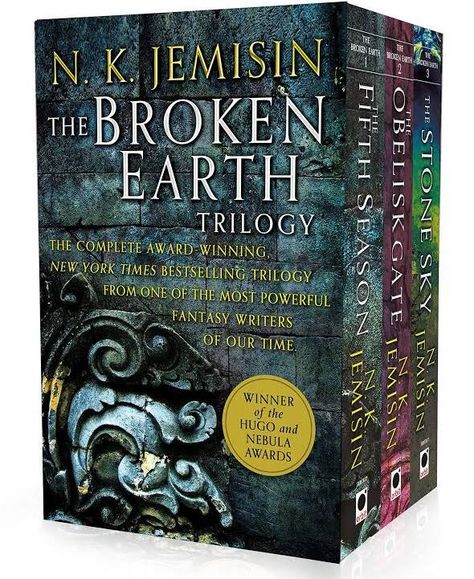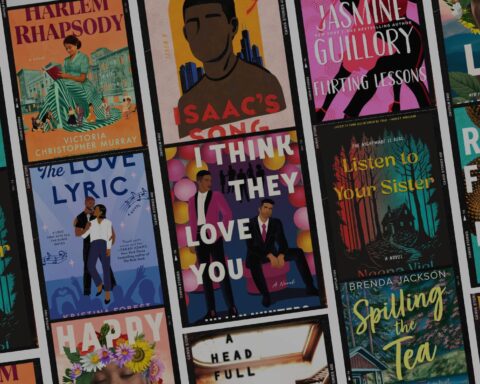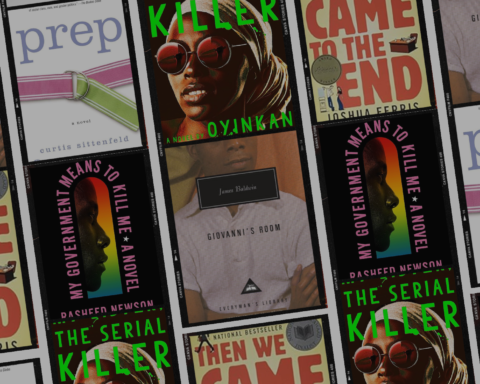Given the state of the world, all I want is to be left alone with a great book. Oh, a well-made martini would be good, too. And some dope music. Despite living in New York City, I’ve struggled to find a spot to deliver on that martini (send recs, please).
If I dip my toes in the expansive world of literature, I’ve had much better luck. I’ve also noticed books written by women often resonate more. They earn higher ratings over here in my little pocket of the universe. Why is that? Well, here are 2 science-based reasons.
- Women have emotional depth. Men often don’t.
- No one writes perfectly ‘unhinged’ characters, regardless of the character’s gender.
Whatever the reasons, I’ve gravitated towards the works of women writers over the last few years. Here is a list of 8 works of art that prove women are better writers.
This content contains affiliate links. When you buy through these links, we may earn an affiliate commission.
Leïla Slimani – The Perfect Nanny
“The baby is dead. It took only a few seconds.”
This is how Slimani opens her 2nd novel, The Perfect Nanny, a book about the murder of two young children. Slimani was inspired by a real life tragedy which took place in Manhattan back in 2012. This only makes the content of this book even more upsetting. And Slimani keeps you on the edge of your seat wondering how far she’ll go. Luckily, Slimani adds much more depth to the story that holds your attention until the final sentence.
“I think that for our children, we have to force ourselves to be optimistic,” Slimani says when discussing how to confront different evils in the world. “And to force ourselves to believe that the world they will live in will be a better world we are living in right now.”
I first came to know of Slimani while watching Literary Rendezvous at Rue Cambon, a series produced by Chanel. While she was there to promote a different project, The Perfect Nanny was what my local bookstore had. So, that’s what I went home with. Not only did it sell very well, it also won the Prix Goncourt, France’s most prestigious literary award. It was also made into a movie which you can currently watch for free on Tubi. I’ve since picked up more of her books and can confirm Slimani does not miss.
Jacqueline Woodson – Red at the Bone
Like me, Woodson was born in Ohio and now resides in Brooklyn. Also like me, she’s a Black, queer person. While these elements don’t pertain to Red At the Bone, I have to admit they were details that drew me in. When I initially read this book, I was on a mission to diversify the authors on my TBR list. Woodson was more than a breath of fresh air.
With Red At the Bone, she delivers a stunning coming-of-age story which spans generations and alternates between timelines. The story focuses on Melody and her mother, a range of issues around identity, expectations, and the complex concept of mother-daughter relationships. Woodson’s prose manages to be both delicate and powerful. She manages this even as she writes about heavy-hitting topics like classism in the Black community.
“One thing I was trying to talk about in Red at the Bone is Black wealth versus black income and mainly how this country has again and again annihilated Black wealth,” she said in an interview with Trevor Noah.
In addition to her adult novels, Woodson has proven her versatility by successfully publishing picture books, young adult books, and numerous poetry books. She was also named a MacArthur Fellow—also known as the ‘Genius Grant’—in 2020. That. Is. Major. For context, the MacArthur fellow is described as ‘an investment in a person’s originality, insight, and potential.’ Each fellowship comes with a $800,000 reward which gets paid out evenly over the span of five years.
If you read nothing but Red at the Bone, you’ll understand why she was more than deserving of that fellowship.
Emily St. John Mandel – The Glass Hotel
Emily St. John Mandel’s The Glass Hotel truly is a labyrinthine novel. It primarily follows Vincent, a complicated character who lives different lives including that of a bartender at a fancy hotel and the ‘wife’ of a wealthy man running Ponzi schemes. The book is an exploration of identity, loss, and the bullshit illusion that is ‘success.’ With the ability to build worlds like an architect, Mandel constructed a narrative that could be described as haunting. And that seemed to be her exact end game.
“It can be interesting to think about different ways of being haunted,” Mandel said in an interview. “Imagine the possibility that your life is haunted by the ghosts of the lives you didn’t live.”
At the height of the COVID-19 pandemic lockdowns, I found myself reading various books about plagues wiping out humanity. Mandel’s Station Eleven was on that list. A couple characters in that novel find their way into The Glass Hotel but in slightly different capacities as if she’s allowing them to act out another version of life she mentions in the quote above. These characters don’t fundamentally influence the plot but Mandel allowing herself the room to play with the universe was a great reminder for me: as a writer, I get to make the rules.
While she isn’t the first person to create her own multiverse, reading how she so casually pulled it off inspired me. I have since created a fictional, midwestern city characters from two separate manuscripts have connections to. One flees from it, another returns to it as the prodigal son. I have no idea what will come of either of these manuscripts but, thanks to Mandel’s tight, balanced writing, I’ve had a much more freeing experience building my own fictional universes.
Danielle Evans – The Office of Historical Corrections
I love to read fiction and, when I do, I prefer to pick up a novel. But then I checked out Neel Patel’s If You See Me, Don’t Say Hi: Stories and couldn’t put it down. I read those short stories like a punk kid in the 90s popped back Pringles after getting home from school. This pushed me to look into other short story collections which eventually led me to Danielle Evans.
The Office of Historical Corrections: A Novella and Stories is perfect. It kicks off with ‘Happily Ever After,’ a story about a young woman named Lyssa who works in the gift shop on a replica of the Titanic. There’s the need to make a decision about one’s reproductive journey, the set of a music video featuring sea monsters, and the death of her mother. The Mother is a recurring theme throughout this collection of stories.
“I wrote a book about my mother dying and I didn’t know it until I’d done it,” Evans said in an interview with NPR.
Despite the heaviness found on some of the pages, Evans makes it work with welcomed splashes of levity. I laughed out loud, sucked my teeth in despair, and frequently put the book down because it was just that damn good. The way Evans writes about race, power, and identity puts her in a league of her own. It’s no wonder The Office of Historical Corrections won the 2021 Joyce Carol Oates Prize.
Joan Didion – The Year of Magical Thinking
With non-fiction books, I like to buy the audiobook so I can hear the person’s voice as the recount moments of their lives. With Joan Didion’s The Year of Magical Thinking, the only correct decision—given you have functioning hands—is to get a physical copy and flick each page with the tip of spit-drenched finger tip. That’s how brilliant Didion’s writing is with this heartbreaking book focused on mourning.
In it, Didion relives the unrelenting blows of grief. First, her daughter, Quintana Roo Dunne Michael, is hospitalized with pneumonia. A few days after this occurs, John Gregory Dunne, Didion’s husband, suddenly passes away while their child fights for her own life in an induced coma. Quintana pulled through but passed away at the age of 39 years old mere months before The Year of Magical Thinking was published.
“We all survive more than we think we can,” Didion said in an interview with NPR.
This might be true but few of us can slice through grief with a scalpel and extract a beautifully crafted narrative. That’s precisely what Didion was able to do. As I read this memoir, I couldn’t help but think it had the pacing of a well-edited novel. To accomplish such a task meant Didion had a complete understanding of her craft while deeply understanding the spectrum of emotions. The result? Nothing short of excellence.
Brit Bennett – The Mothers
A debut novelist can go in one of two directions: up or down. I’ve seen some falter and never find their way. Others get progressively stronger. Brit Bennett only has two published novels to date but both are spectacular. The Mothers, her debut, set the bar high and instantly made her a writer I wanted to follow. I’m such a fan, I even declared her to be ‘the next great American writer.‘
Set in a tight-knit Black community in Southern California, The Mothers follows Nadia, a teenager dealing with the aftermath of her mother’s suicide. On top of that trauma, Nadia has to hide a surprise pregnancy. If that weren’t enough, the church plays a big role in this story. If you know anything about the Black church, you know how often its older women can be perceived as gossipers. Bennett wanted to subvert the idea of gossip and give it a sense of power and currency for a demographic often told to be silent. With masterful storytelling, Bennett dives deep into the hearts of her characters and lets us see the prickly, intricate bonds woven between each of them as they transition from teenagers into young adults.
“Coming of age is a series of moments,” Bennett said in an interview with the Los Angeles Review of Books when discussing her writing process. “I started to think: What would happen to these characters when they were 18? Or 25? I became more interested in the scope of their lives.”
Yaa Gyasi – Homegoing
One year, it was decided my family reunion would take place in Detroit, MI. There would be all sorts of activities including a day in the park, dinner on a boat, and a trip to the Wright Museum. Sounds like a lovely couple of days, right? You wouldn’t be entirely wrong. However, at the Wright, we all walked through the replica of a slave ship. I had such a visceral reaction, I was afraid I’d burst into tears right there on the spot.
In Homegoing, Gyasi tackles a humongous task of following the lives of two sisters across eight generations. One sister stays in Africa while the other is taken to the US, their family forever splintered. The slave trade is included but doesn’t only focus on those taken to the States. Gyasi scrapes beneath the surface to talk about internal human trade within African kingdoms and tribes. Each chapter focuses on a new family member in a different time period and a lot gets covered. You might think this leaves each chapter feeling dense but Gyasi flexes her exemplary storytelling skills to make each chapter read as easily as one can pick up a handful of cotton balls. Each chapter is so impressive. You know when an athlete scores the winning touchdown or a singer hits that precarious high note during a live performance and people rush to their feet to applaud? That’s what the ending of Homegoing did for me.
Gyasi was only 26 years old when she won the National Book Critics Circle’s John Leonard Prize for Best First Book for Homegoing. She also won the 2017 PEN/Hemingway Award which came with a $25,000 prize. The book won a couple additional prestigious awards which makes one thing clear: Yaa Gyasi knows what the hell she’s doing.
N.K. Jemisin – The Broken Earth trilogy
Be it literature or visual mediums, science fiction has never been high on my list. During July of 2020, I spent almost a full month up in Buffalo, NY. I would be further isolated from people and decided to take books with me that would keep me fully occupied. This included N.K. Jemisin’s The Broken Earth trilogy.
This trilogy includes The Fifth Season, The Obelisk Gate, and The Stone Sky. With each book, Jemisin incorporates themes of oppression and power as the reader follows a cast of complicated characters all trying to survive a deadly occurrence referred to as ‘Fifth Seasons.’ If you are not familiar with the sci-fi genre—as I was not—I’ll be honest in saying following along wasn’t always the easiest. I had my fair share of ‘Girl, what?’ moments. But, despite the complexities, Jemisin weaves a tale of interpersonal battles you become undeniably invested in. As the first two books came to an end, you know Jemisin is building up to something major. She pays things off but I was let down in a big way with the ‘resolution’ between the main mother-daughter characters. Still, the totality of the trilogy far surpasses this minor flaw, The Broken Earth trilogy on my list of recommendations to people ever since I completed it.
The books became both critical and commercial successes. Jemisin won the Hugo Award for Best Novel three consecutive years. Not only was this the first in the award’s history, but it also marked the first time a Black writer won Best Novel.
